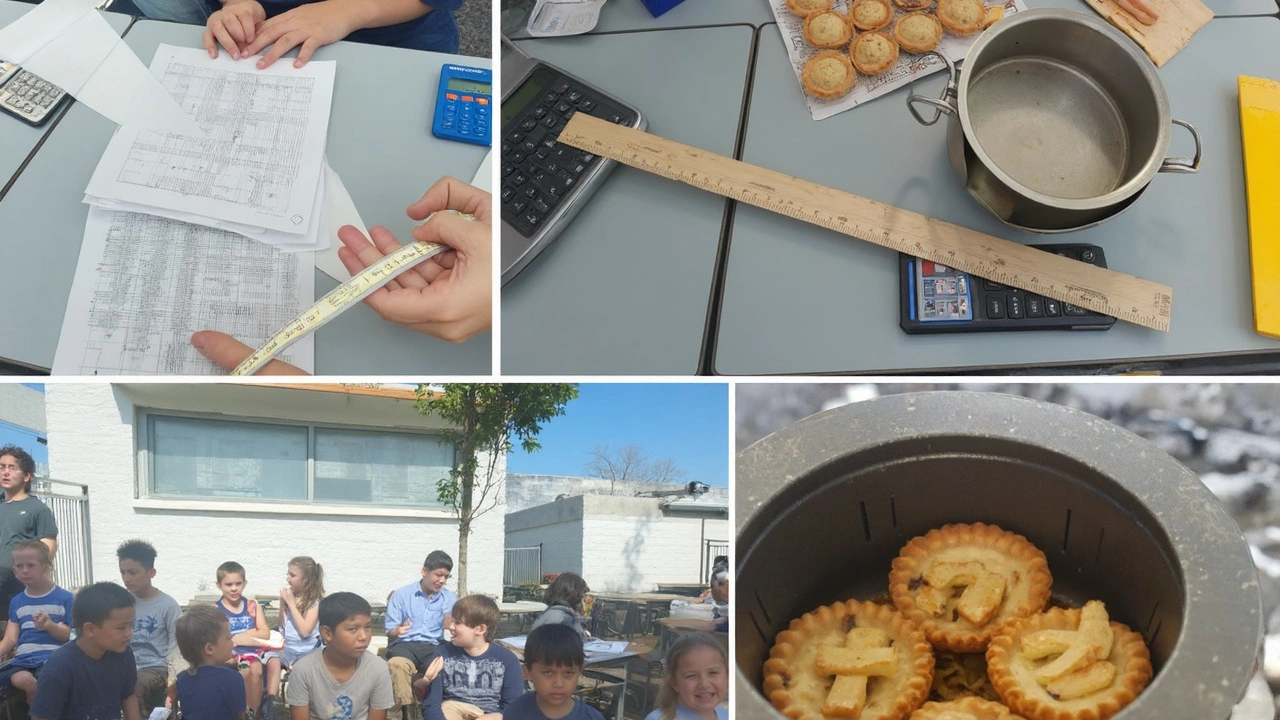Mathematics in Urban Agriculture Africa
Ever wonder how numbers help grow food in the city? From figuring out how many lettuce heads fit on a rooftop to predicting rain patterns, math is the quiet engine behind every successful urban farm. This page pulls together the freshest math‑focused news, simple tools, and real‑world examples that can help anyone from a hobbyist gardener to a commercial grower.
Why Math Matters for City Farming
First off, math lets you plan. When you know the exact square meters you have, you can calculate the optimal spacing for each plant. Too close together and they compete for water; too far apart and you waste space. A quick formula – area ÷ plant spacing – tells you exactly how many seedlings to sow.
Second, math helps you manage resources. Water, fertilizer, and light are all limited on a city plot. By tracking daily usage and applying a simple ratio, you can keep costs down while keeping crops healthy. For example, if a tomato plant needs 1.5 L of water per day, multiply that by the number of plants to set a precise irrigation schedule.
Third, data‑driven decisions reduce risk. Using basic statistics – averages, trends, and percentages – you can spot patterns in yields, market prices, or pest outbreaks. A quick spreadsheet that logs weekly harvest weights can reveal whether a new compost recipe really boosts production.
Simple Math Tools You Can Use Today
Don’t have a PhD in calculus. Most urban growers get by with a spreadsheet or a free mobile app. Here are three easy tools:
- Yield Calculator: Enter your plot size, plant density, and expected yield per plant; the tool spits out total harvest estimates.
- Cost‑Benefit Sheet: List every expense (seeds, water, electricity) and every income source (sales, donations). A simple subtraction shows profit margins.
- Weather Trend Chart: Pull past 30‑day temperature and rainfall data, plot it, and look for patterns. This helps schedule planting windows without guessing.
All three are easy to set up in Google Sheets. The formulas are basic (SUM, AVERAGE, IF) and you can copy them from any online tutorial.
Math also fuels innovation. Researchers on the continent are using statistical models to predict which varieties will thrive in Nairobi’s heat or Lagos’s humidity. Those studies often appear in our news feed, showing how big‑data meets small‑scale farms.
So, whether you’re measuring soil pH, budgeting for a hydroponic system, or just wondering how many carrots you can fit on a balcony, remember that math is your partner. It turns guesswork into confidence and helps you grow more food with less waste.
Keep checking this page for the latest articles, case studies, and tool updates. The numbers are always changing, but the basic equations stay the same – and they’re yours to use.






